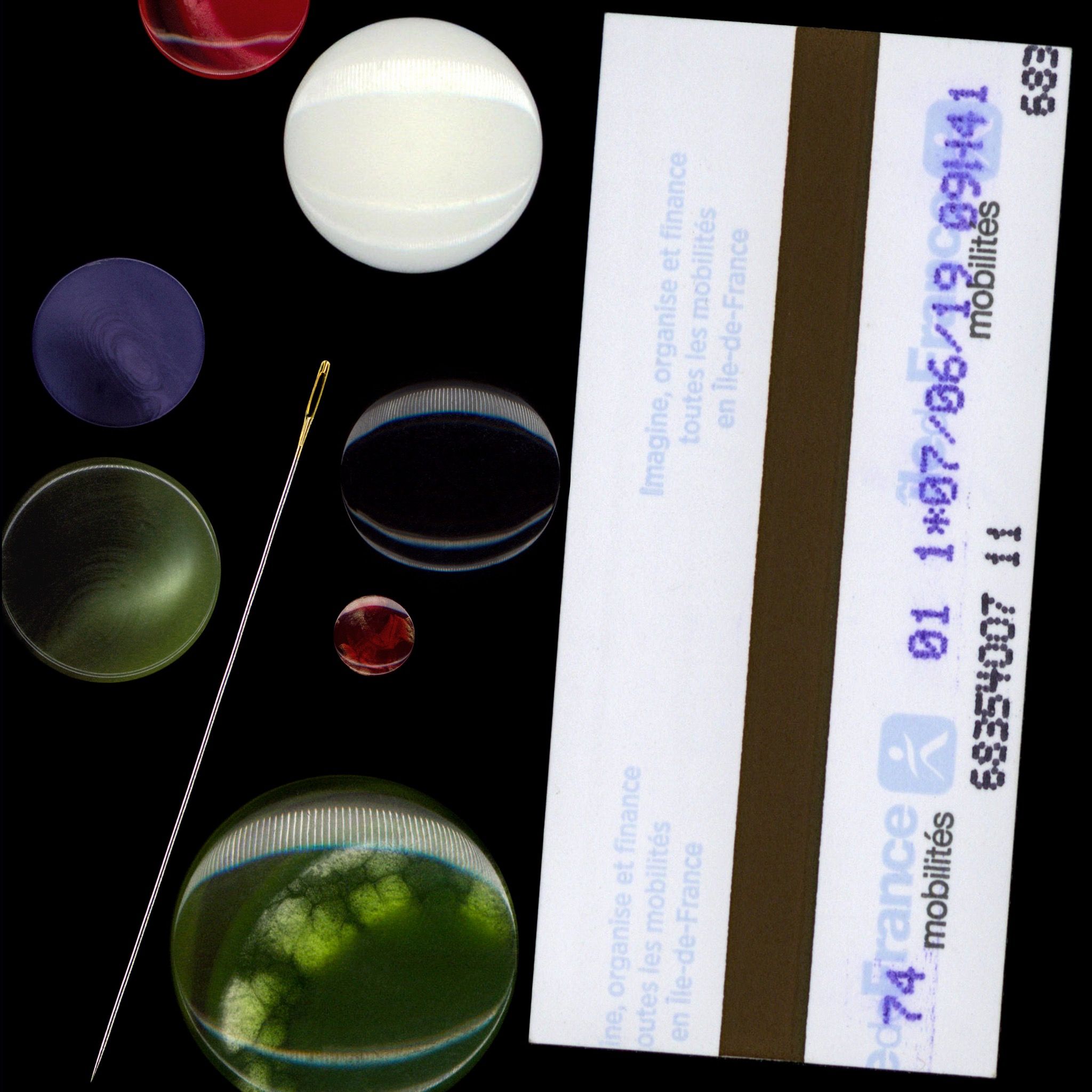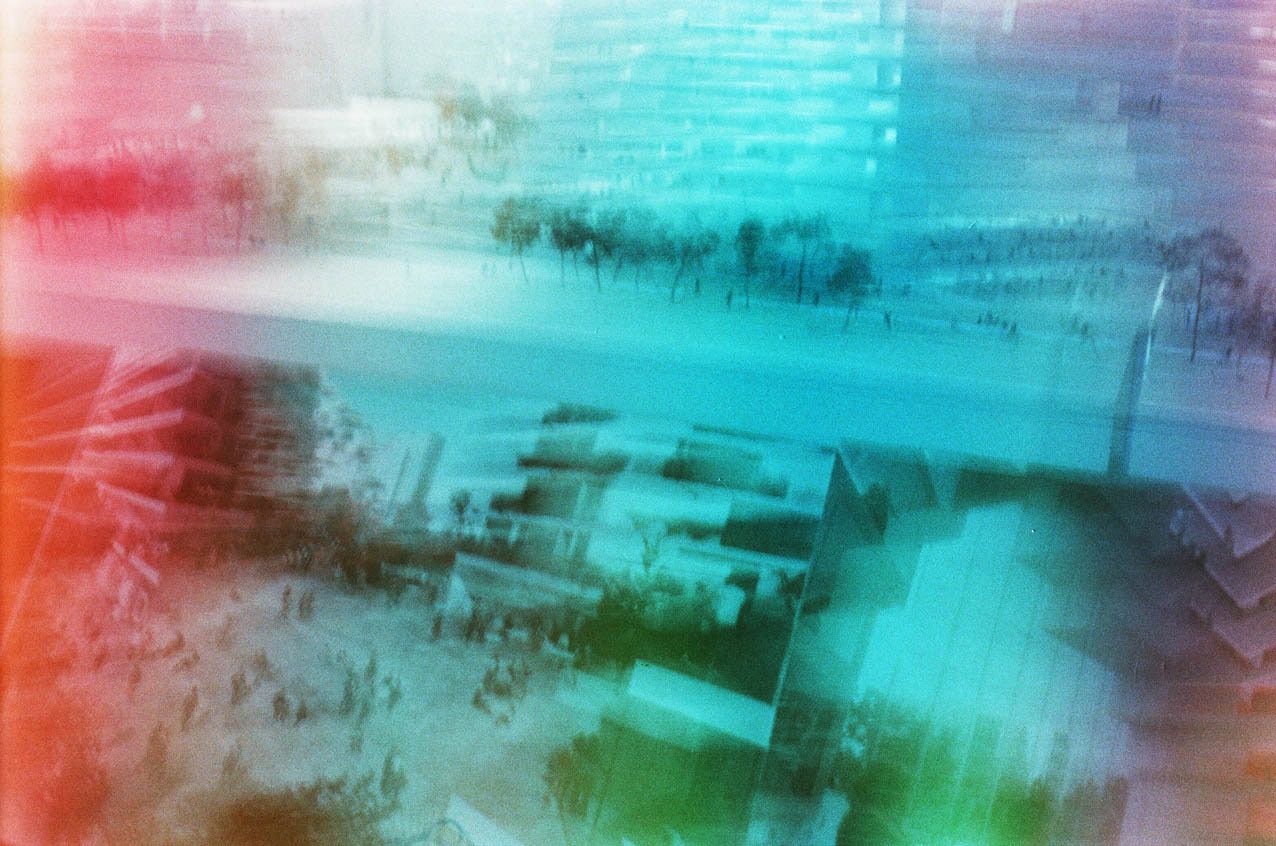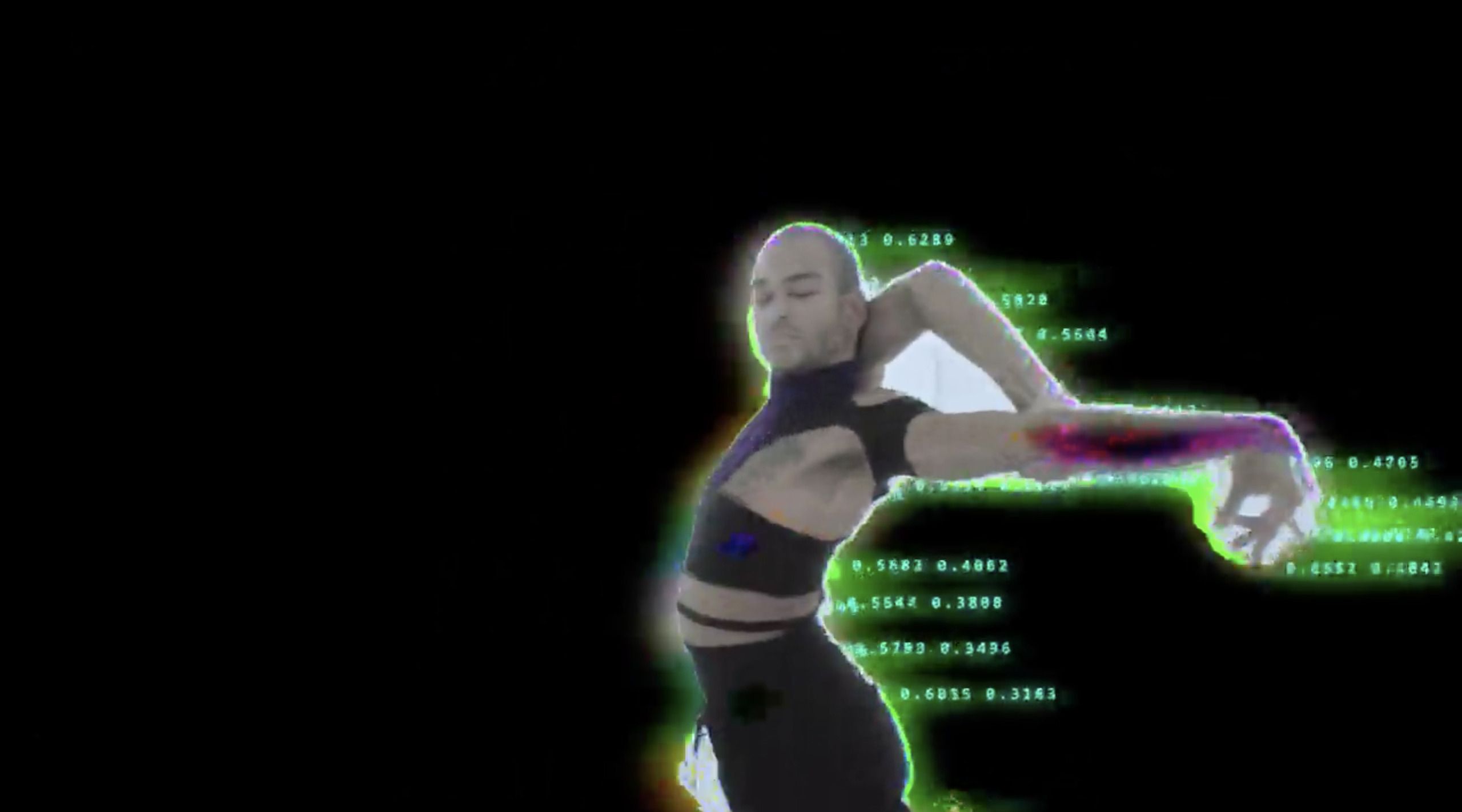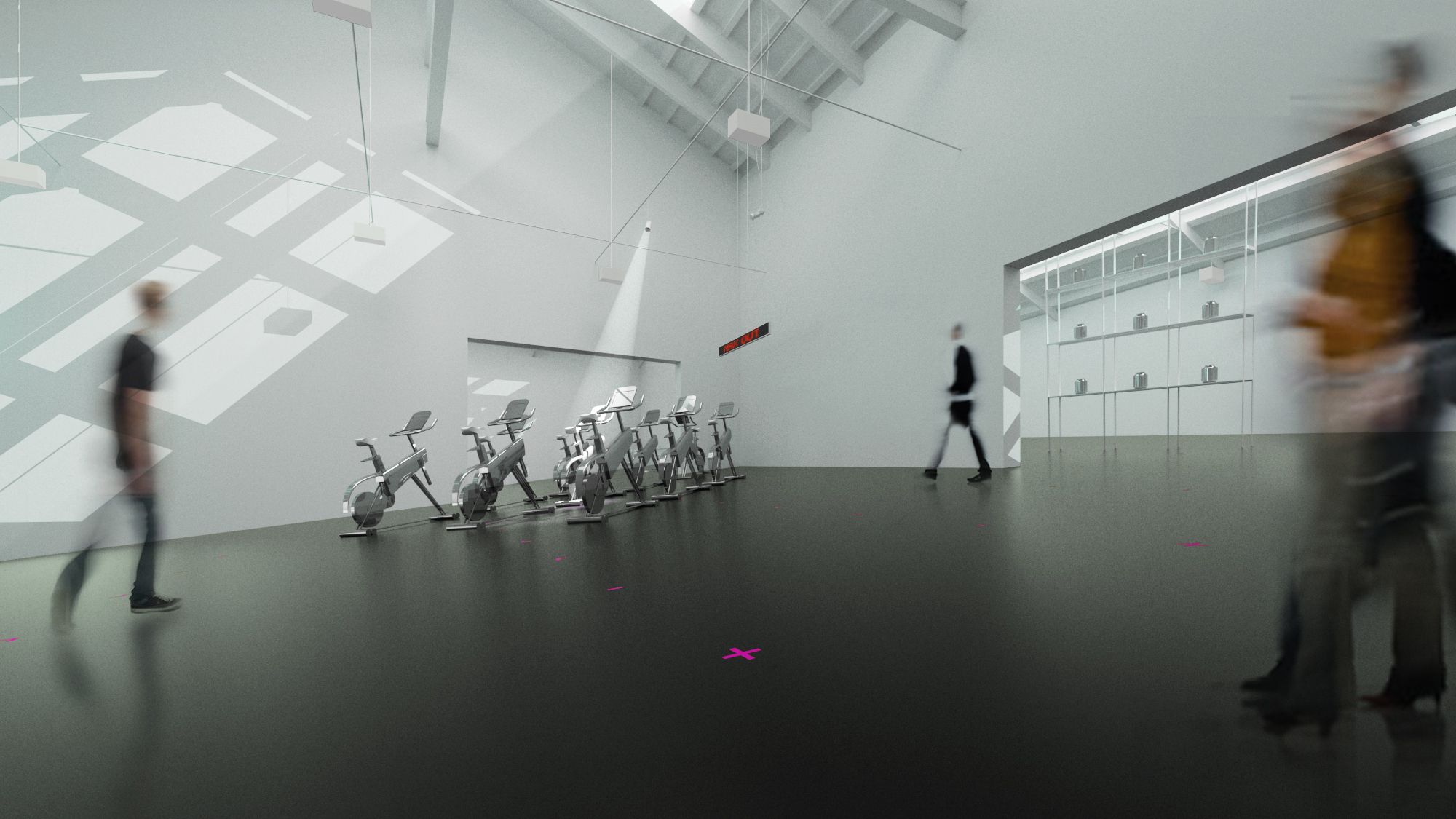JOHN ROBERTS Asks, Can Thought Exist Without the Body?
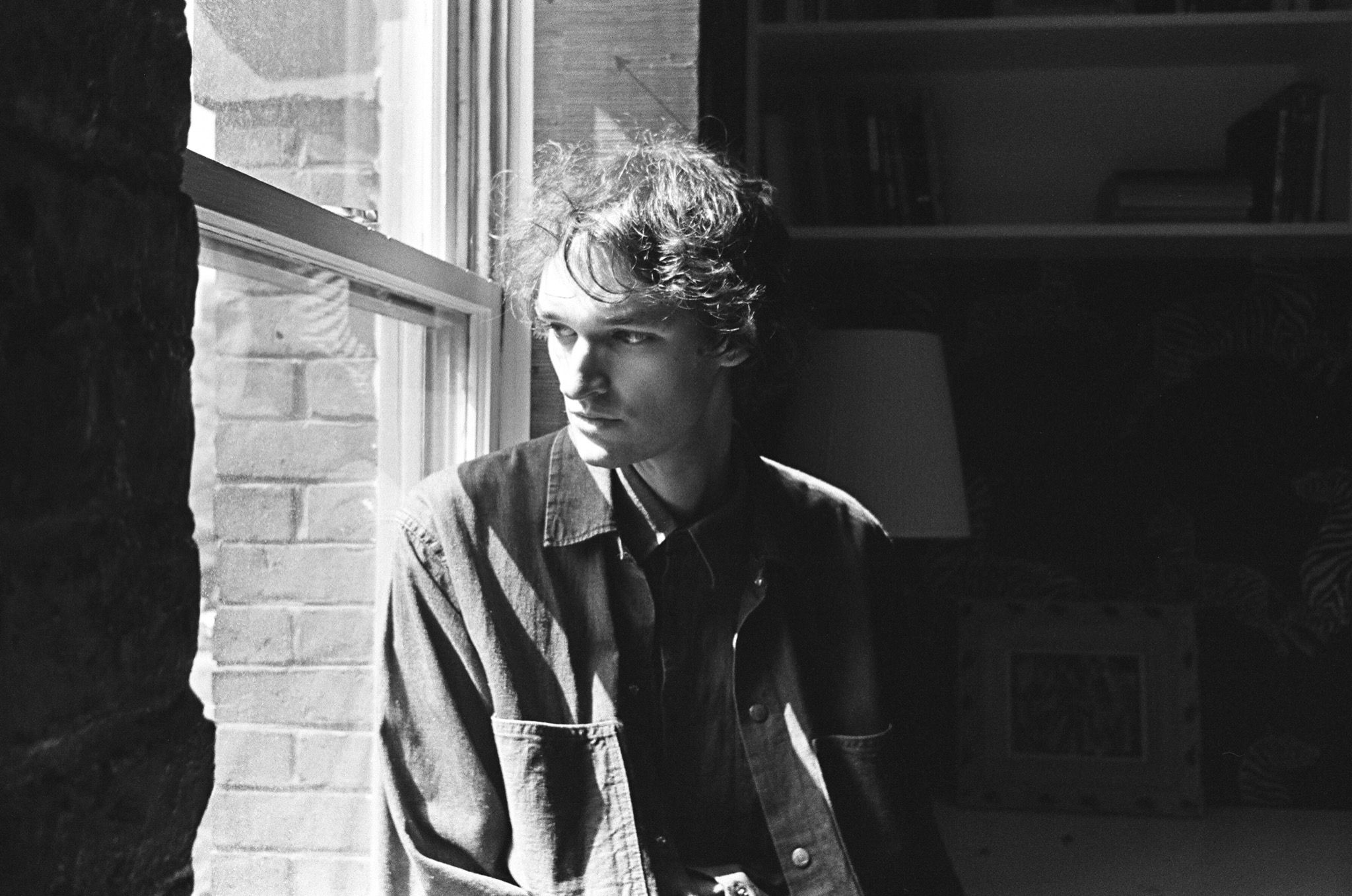
“What are the best non-physical landfills for discarded thought? Do waves transition between naturally occurring substrates and audio signals? Does adrenal fatigue and replenishment in the human brain relate to cycles of euphoria and dysphoria in music? What is the mental effect of visual versus aural repetition? Is all music fictional? Can the language of objects and memories impregnate sound? Are bodies out of fashion? What is the music production equivalent to a green screen in film? What is the best non-physical preservation method for sound? Is film editing a way of ordering memories? Is repetition therapeutic? Are all films fictional? Have physical forms slipped into obsolescence? Did Erik Satie have an anxiety disorder? Is background music parasympathetic? Are physical players more virtuosic than virtual instruments? Is thought finite? Is physical music a fetish? Is reality fictional? What is the most elegant way to float between corporeal and ethereal forms? Do memories deteriorate and fade like audio signals exposed to the elements? Can thought exist without the body?”
Press text for John Roberts' CAN THOUGHT EXIST WITHOUT THE BODY
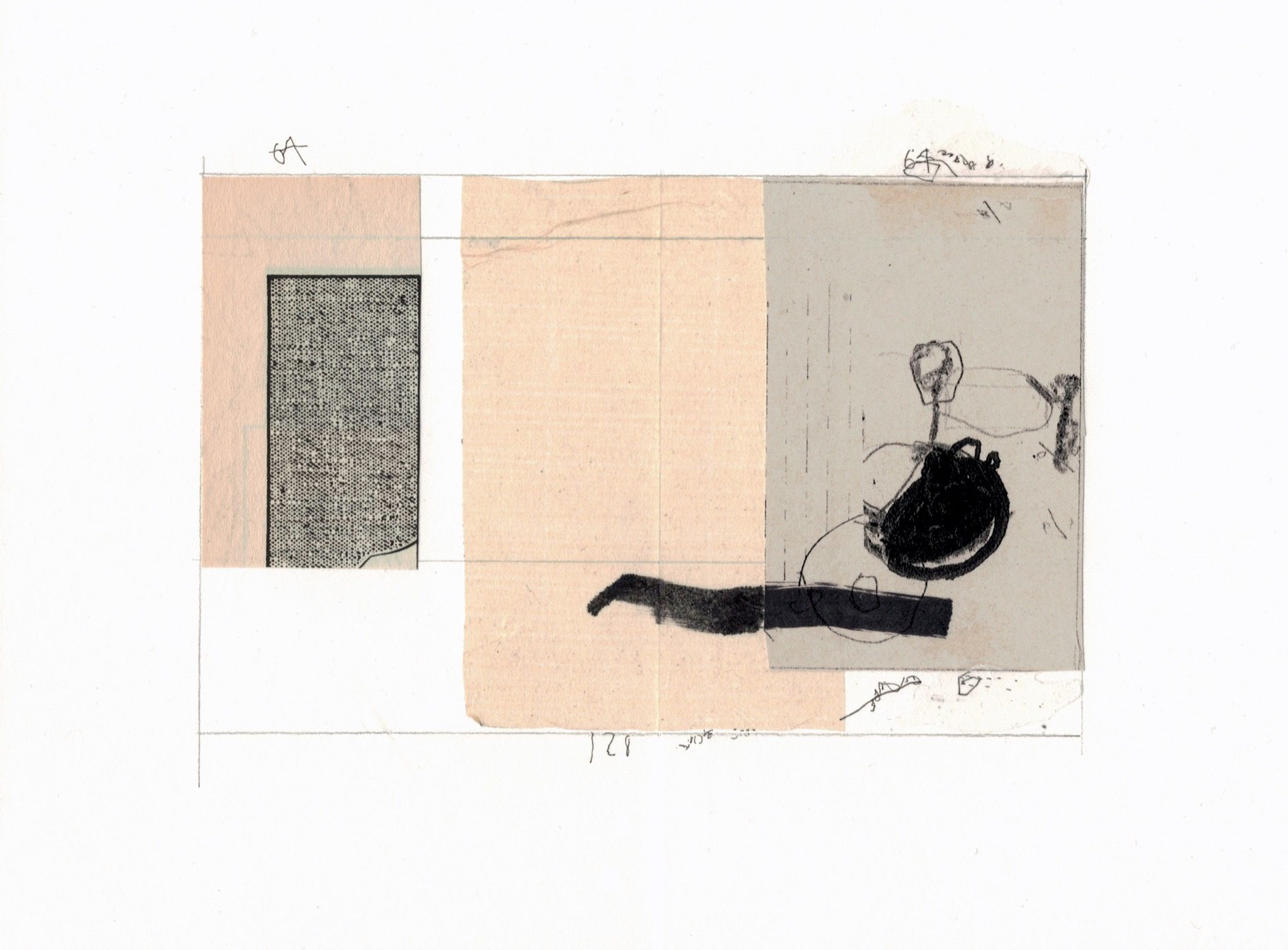
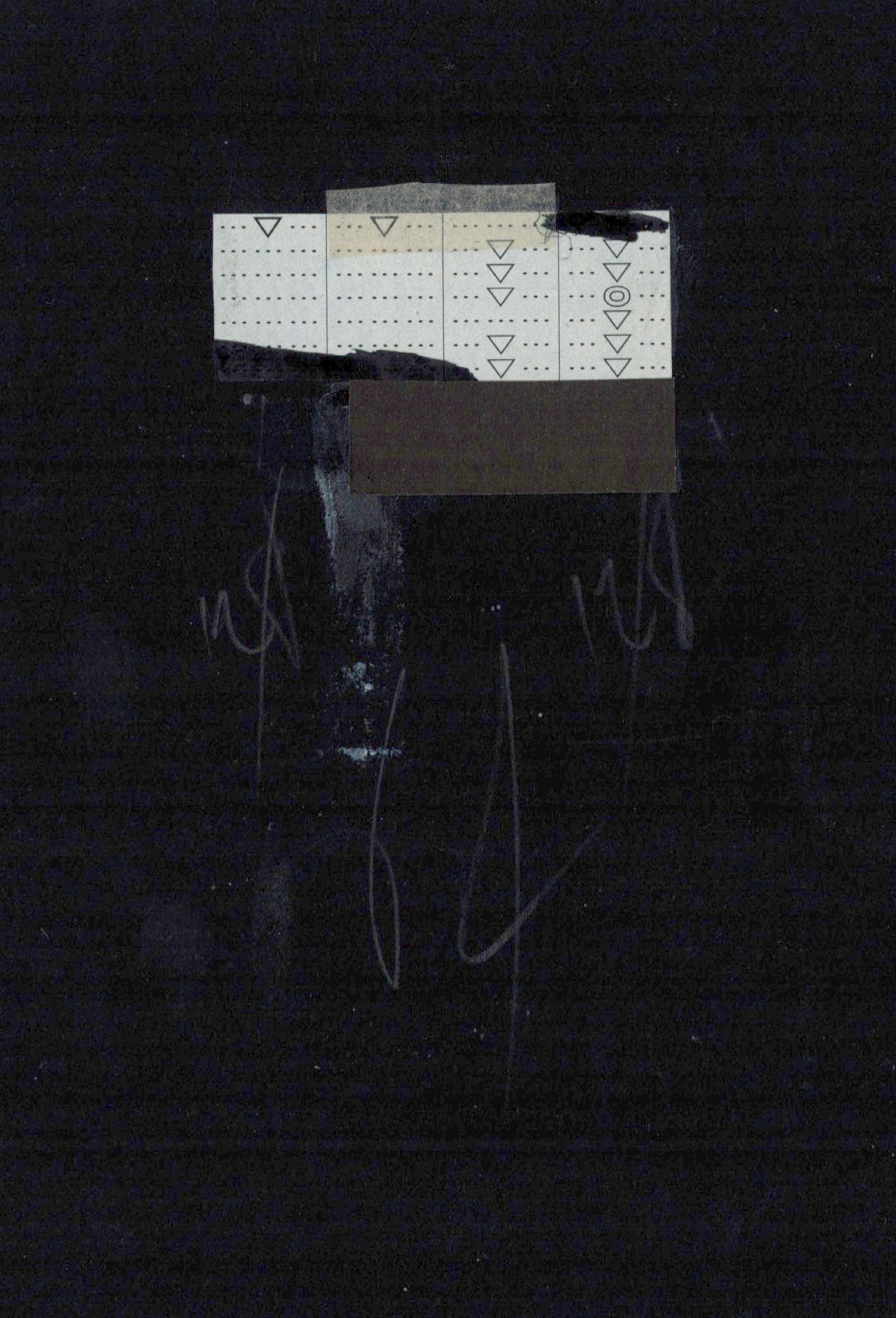
John Roberts’ latest album is framed as a series of questions – some metaphysical, others existential, each seemingly comfortable with not being answered. The five-track LP Can Thought Exist Without the Body, released this fall with Brunette Editions, is an exercise in precision and introspection amid an atmosphere of the unknown. It’s also a kind of return to classicism for the producer, whose new piano compositions and string and wind instrumentals revisit and build on the noir mood explored in his 2010 debut, Glass Eights – a study of the “deep house template,” as one review described it, implanted with a “dusty, orchestral sensibility.” Incidentally, it was while touring internationally with this first album that Roberts, along with his collaborator Paul Kominek, started producing The Travel Almanac, a sometimes diaristic (but never touristic) magazine devoted to an expanded notion of travel. Can Thought Exist Without the Body is an invitation to a voyage as well – not a physical trip or journey outside of one’s usual stomping grounds, but a movement toward something even less familiar: the question itself, and the questioning self.
Roberts has done sound design for brands such as Prada, Hermès, and Moncler, and is the founder of Brunette Editions, a publishing outlet created as an abstract platform for audio and video recordings, printed matter, and ephemera. As a multi-disciplinary practitioner, he makes conceptual use of text and image to develop his musical work, and accompanying this album is a series of postcard-sized experiments in graphic notation that serve as mood board, archive, and creative stimuli. The musician explains: “They are a way to work out textural ideas for sound and a nice way to do something physical in between stretches of music making. The darkest portions represent the lowest frequencies like sub-bass, the colored gradients are mid-range sounds, and the lighter scratches are high frequency sounds. The 64/128 markings represent the length of the patterns. The collaged grid elements are from horse racing statistics magazines. I got into using them because they reminded me of the grid from the ‘tracker’ program that I use for making music.”
The more Roberts tells us about Can Thought Exist Without the Body, the more questions we have. On the eve of the New York album release event, taking place on November 16 at Public Records, we asked a few of them.
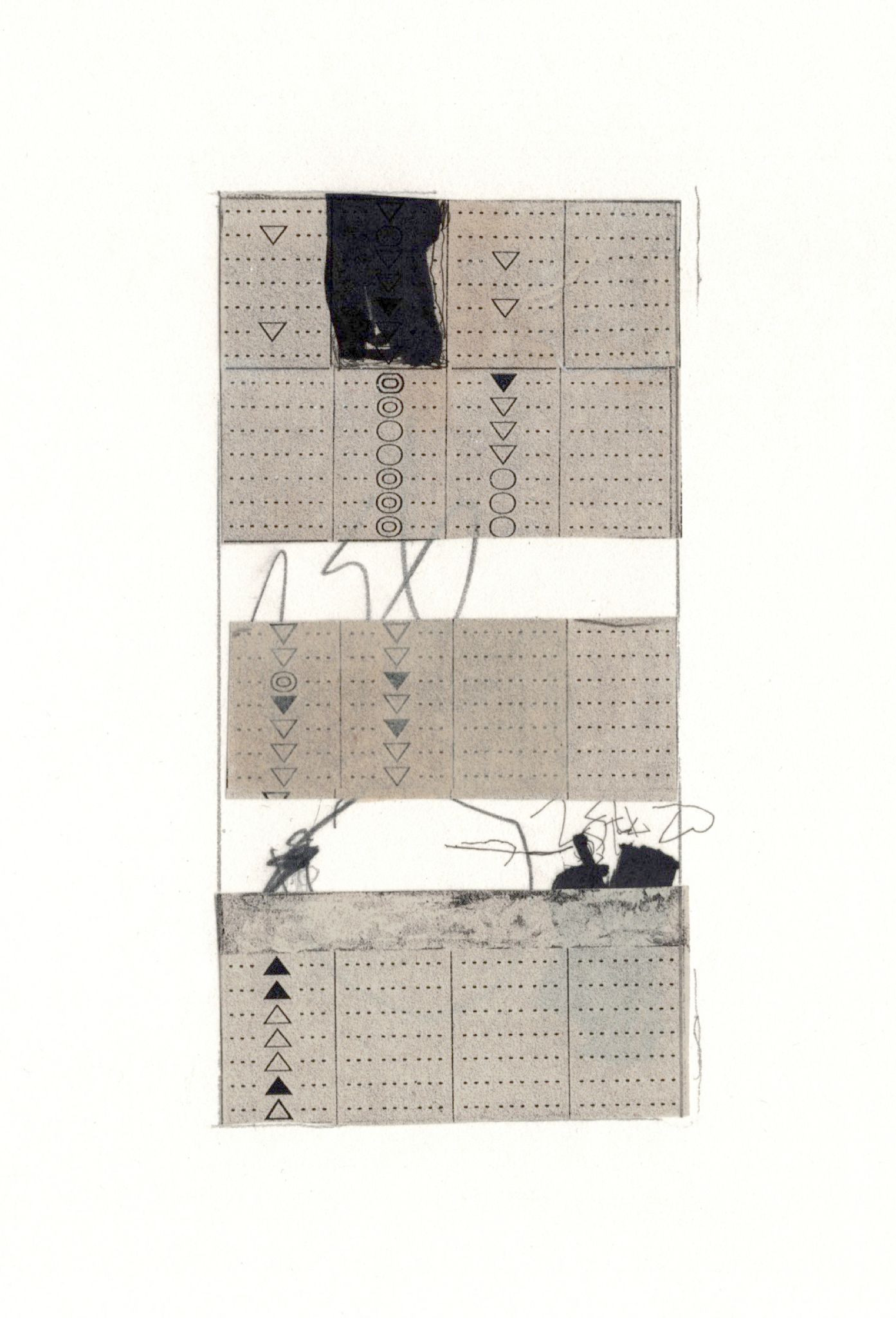
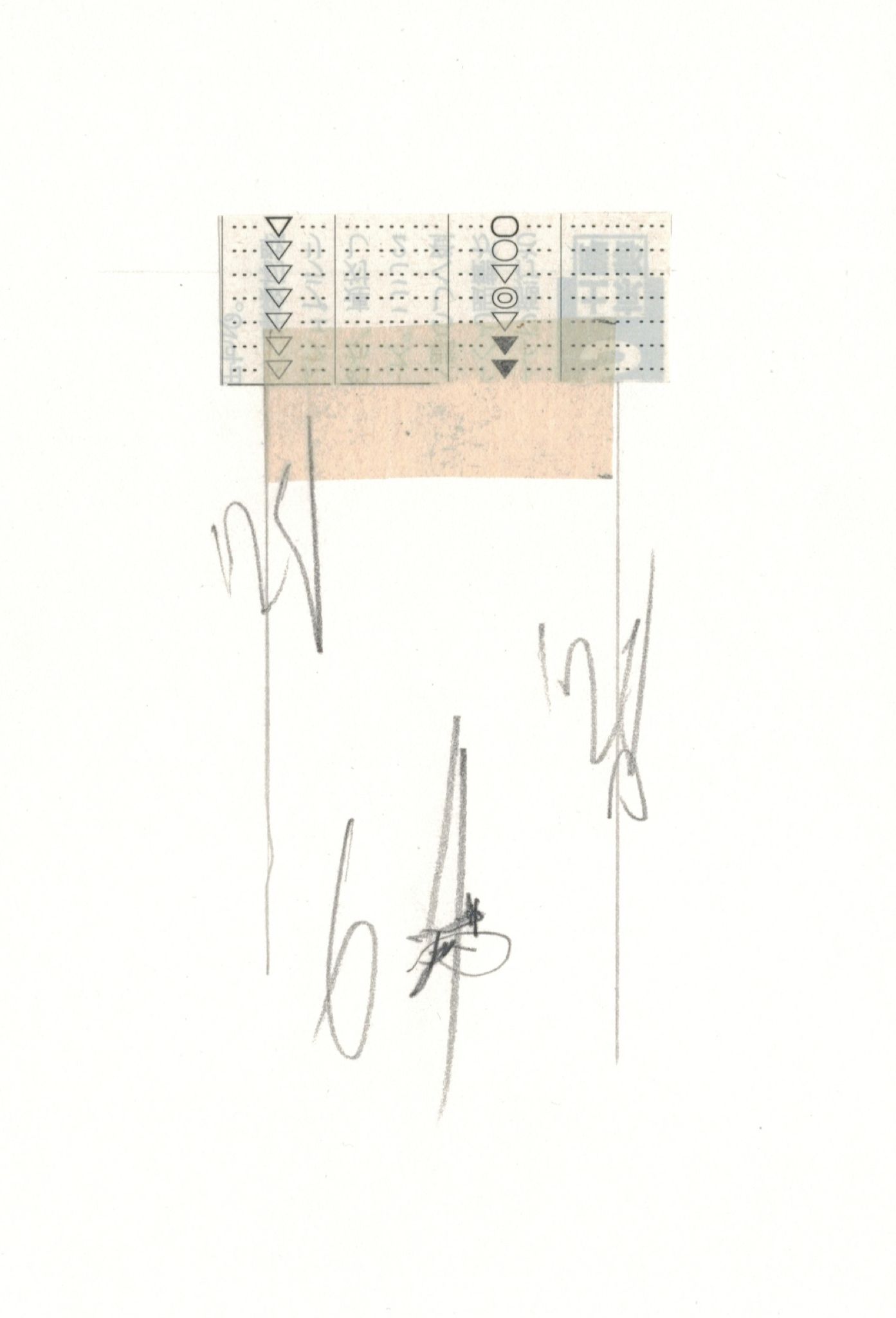
Words, images, sound – you use them all together. What is it that you are seeking to convey – or get away from – that requires their combination?
I’m less interested in creative production as a way to confirm and fix an identity (i.e. the artist as God) and more interested in creative production as a means of expanding converging layers of dialogue. I’m looking for mutations, wild combinations. These different types of media just represent ways of expanding the potential vocabulary.
Are you interested in / do you relate to the idea of the “total artwork”? Why/why not?
I think that now a Gesamtkunstwerk is just contemporary living fractured into endless multitudes. Music producers are singers are mix engineers are videographers are clothing designers. We are getting closer to accepting this idea on a broader cultural scale, so hopefully the lines will continue to blur.
Cocteau fashioned himself as a “liar who speaks the truth” through his art and fictions. How do you (and/or your music) relate to the notion of truth? Do you seek it?
I’m interested in cataloguing experiences and influences and collaging those into new forms. I’m looking to see what happens in the space of difference.
What is in a medium, anyway? Is anything medium-specific?
A medium is just an outdated bounding box used to taxonomize culture. I’m looking forward to all mediums melting into one. Paintable sound. Michelin-star level edible fiction. Wearable furniture.
Please list your musical influences.
Erik Satie, Dance Mania Records, TWICE, Missy Elliott, Haruomi Hosono, Gucci Mane, Max Martin, Suicide, Mariah Carey, NEU!, collapsedone, Glenn Gould, Charli XCX, Timbaland, Ryuichi Sakamoto, Miles Davis, J.Y. Park, ESP Disk, Sun Ra, Green Velvet, William Basinski, Lil Kim.
Please list your non-musical influences.
Psychoanalysis, the stock market, horses and riding equipment, technology, chess, empty public spaces, automotive paint, interpersonal relationships, clothing textures.
Which philosophers or schools of thought preoccupy you?
Jean Baudrillard, The Real Housewives of New York City, Bill Cunningham, Ray Kurzweil, The Real Housewives of Beverly Hills, Roland Barthes, Greta Thunberg.
Can you say more about the “tracker” program you use? And why the horse racing statistics? Are you interested in the idea of chance, or conversely of probability?
Trackers are a type of music sequencing software developed in the late 1980s, originally for the Amiga computer system. They are unique to other music sequencing software as they have a vertical timeline as opposed to horizontal. They are also numerically based (you aren’t able to see the waveforms of the audio while sequencing), so working with them has a similar feeling to coding. Samples are placed in a bank and assigned a value. These values are plotted out on the vertical timeline and triggered to a set BPM (beats per minute) and set pattern length. They offer a really unique way of manipulating audio as there are many commands which allow the ‘programmer’ to slow down, pitch, reverse, pan, etc. a sample as it plays back in very precise ways.
I think of the tracker like a loom and really enjoy weaving different textures of audio together. It is a very meditative process for me, listening to these circulating patterns. I’ve always been drawn to repetition, chance, and statistics. On a conceptual level I really love the stock market, horse racing, chess, etc., because the idea of psychological choices represented through data excites me. I think working with the tracker is my way of gathering this data on a personal level.
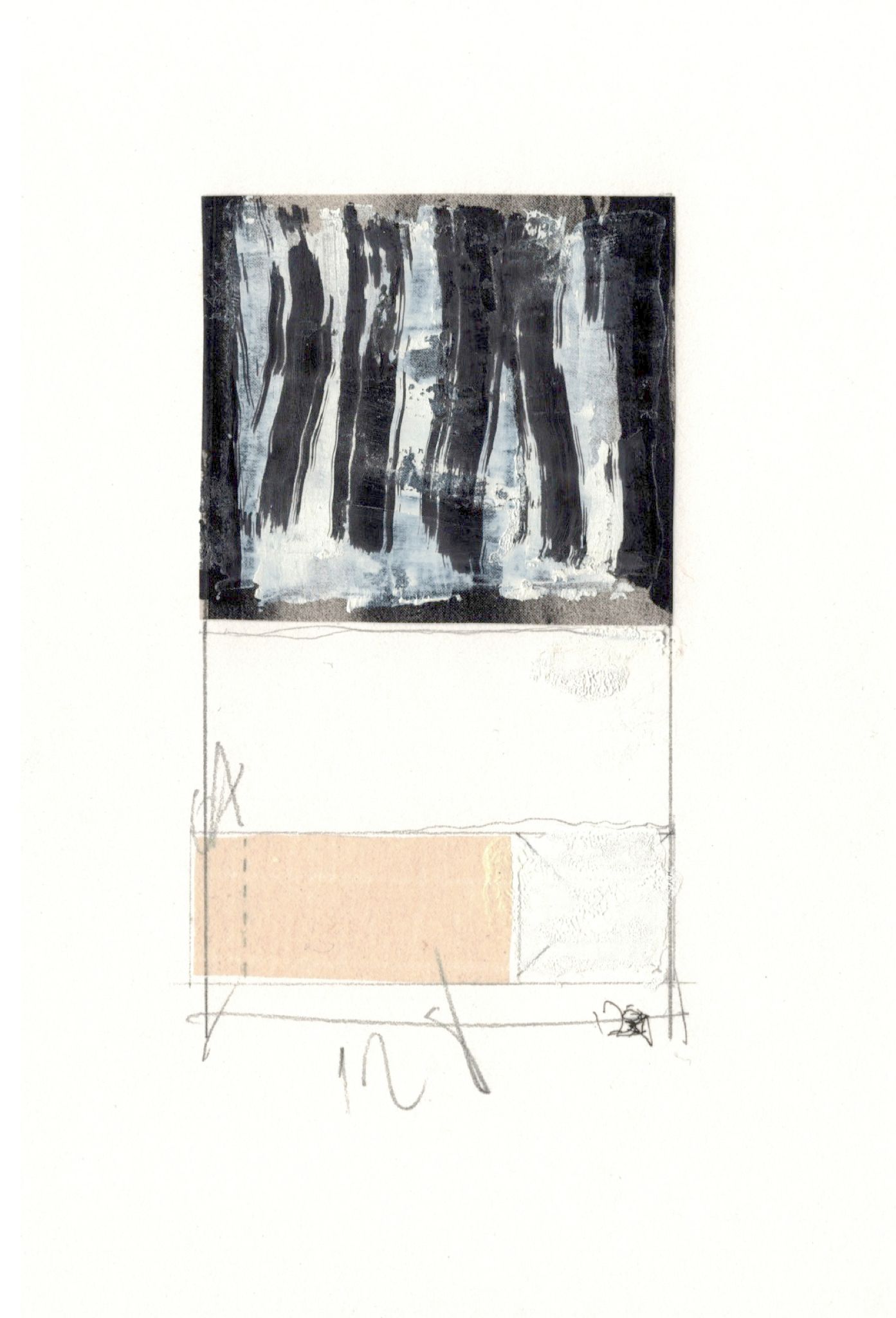
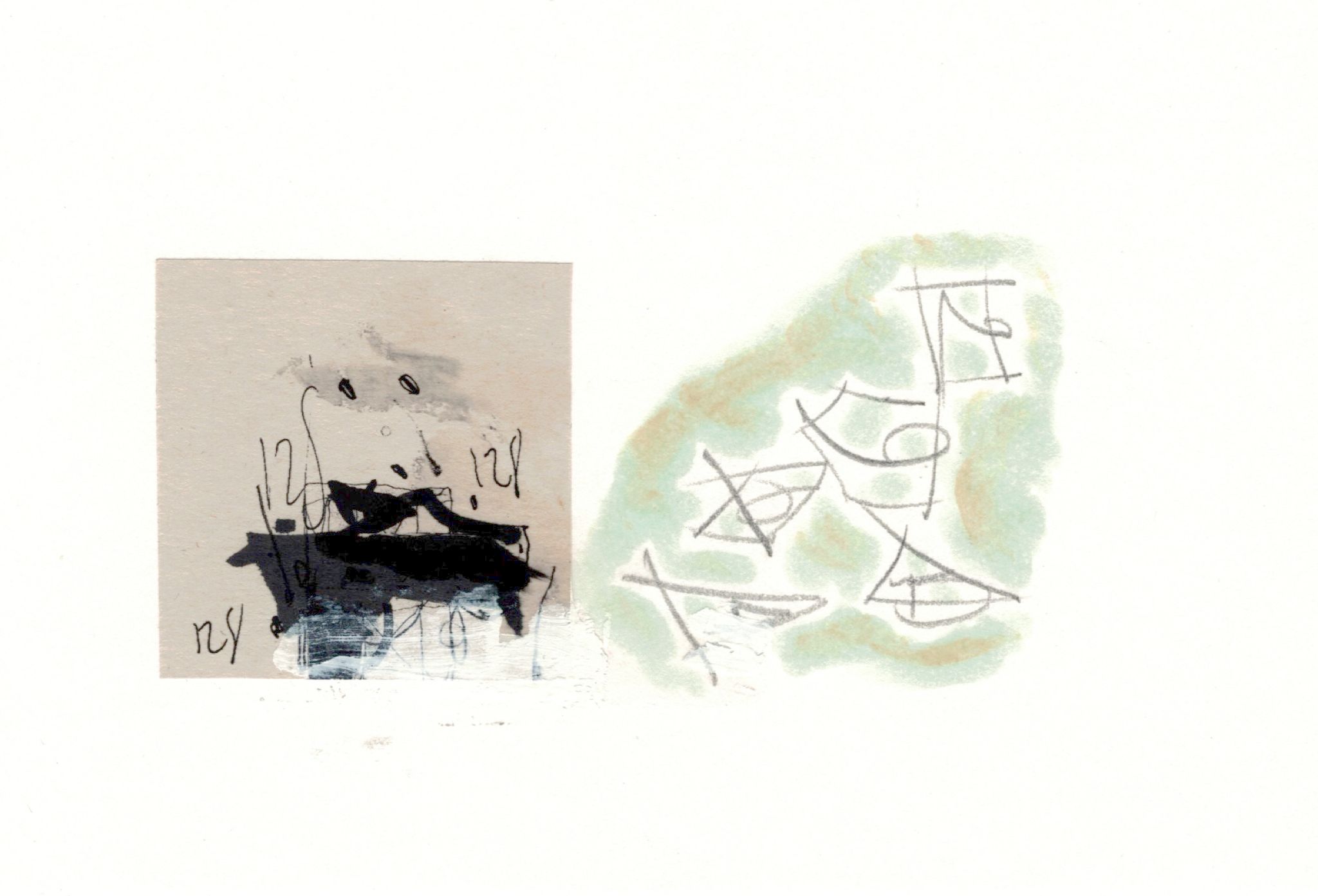
Are you superstitious?
Not anymore. As a child I played a game with myself called “You will die if,” where I would condemn myself to death if I wasn’t able to perform particular tasks such as shooting a basketball, or flipping a coin heads or tails.
How do you relate to technology, its acceleration? How do you process it in your work, and/or at large?
I mostly relate to technology through my work. When I’m making music I sometimes forget that I have a physical form and work fluidly with the computer, which is a really interesting sensation for me. I try to utilize a combination of outdated and current technologies. I love new software and virtual instruments, but I also like to record traditional, human-played instruments and manipulate those. I like the limitless variables you can encounter when capturing sound in the physical world and the endless results you can get processing it after the fact. When I’m not working I feel more comfortable away from technology, out in the sun, and interacting with the natural world. I am interested in the possibilities of our cyborg future but also terrified to watch our addiction to technology rapidly render the planet uninhabitable.
What makes you anxious?
Traditional performance models. Raised stages. Crowds.
Speaking less esoterically, what else are you up to?
I’m having a release party for my new album on Saturday in New York. After that, I’m planning to finish putting together this book of my graphic notation. This winter I’m going to spend some time in Los Angeles working on Pop / K-Pop production and songwriting with other people, which I’m really looking forward to. I’m planning to continue doing some writing and artwork for The Travel Almanac as well when I can.
And what exactly do you think about when you think about “the future”?
I like to imagine dynamic, cloud-based containers for cataloging ongoing thought processes and collaborations. Layers of virtual petri dishes.
